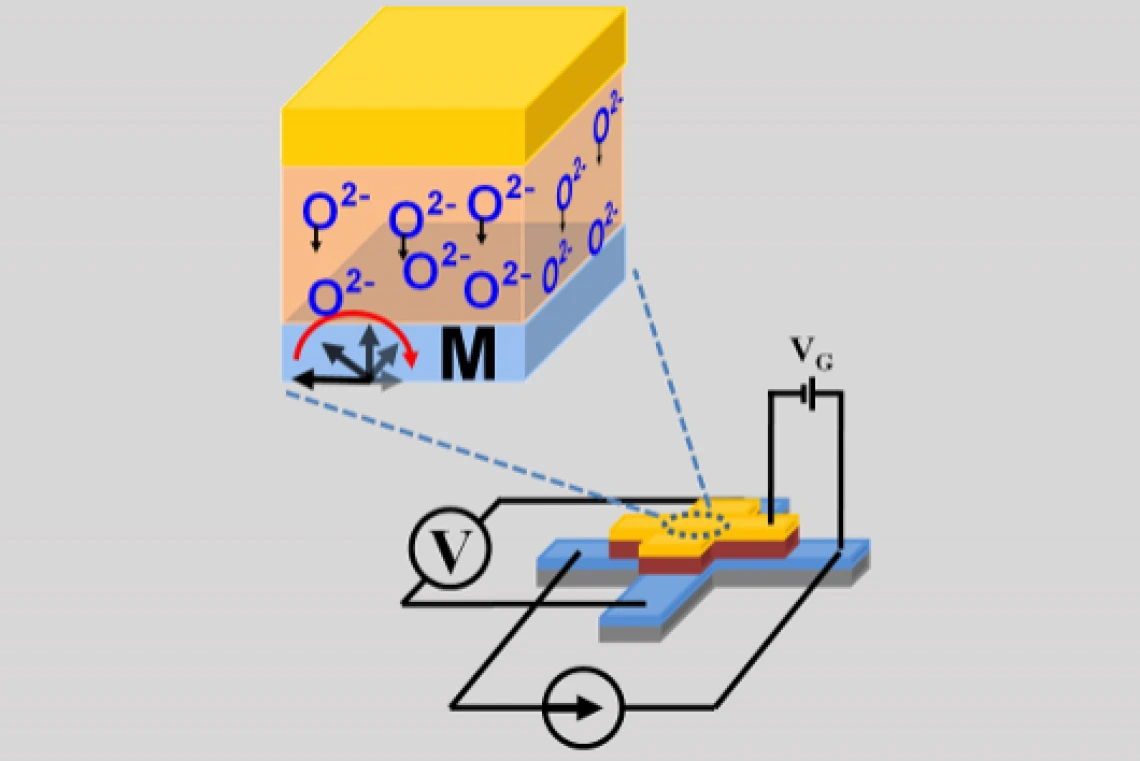Electrical Control of Magnetism

Most computers use magnetic hard disks to store data. Each bit of information, either "0" or "1", is recorded on magnetic thin films in hard disks. A University of Arizona-led team of physicists has demonstrated an efficient way to control similar magnetic thin films by electric fields. Unlike the main memory or cache memory of a computer, nanomagnets in hard disks don't require to "refresh" to keep information. Therefore the power consumption of hard disks in general is much less than that of the memories and CPUs. Scientists around the world are actively exploring this non-volatile nature of nanomagnets for the next generation memory and transistor. One big challenge is reducing the energy consumed in the switching of nanomagnets, a process which is traditionally done by magnetic fields or spin-polarized currents. One new approach is to switch the nanomagnets by electric fields, where an energy efficient magnetization reversal could possibly be achieved due to much reduced Joule heating.
Researchers in Professor Weigang Wang's group and their collaborators have shown that an ultra-thin magnetic film sandwiched between a heavy metal layer and a gate oxide can be reversibly changed from an optimally-oxidized state with a strong perpendicular magnetic anisotropy to a metallic state with an in-plane magnetic anisotropy, or to a fully-oxidized state with nearly zero magnetization, depending on the polarity and time duration of the applied electric fields.
This work, first-authored by postdoc Chong Bi, has been published in a recent issue of Physical Review Letters. This research is a collaborative effort among the physics faculty Weigang Wang and Shufeng Zhang, as well as scientists in the Argonne National Laboratories and the University of Alabama. The magnetic anisotropy energy density can be controlled by electric fields that are two orders of magnitude smaller than what were reported previously, although at present time this effect takes place slowly and can be only achieved at elevated temperatures. Moreover, both the saturation magnetization and anisotropy field of the magnetic film can be simultaneously controlled by voltage in a non-volatile fashion.
The research at the University of Arizona was supported by National Science Foundation and by C-SPIN, one of six centers of STARnet sponsored by SRC and DARPA.



